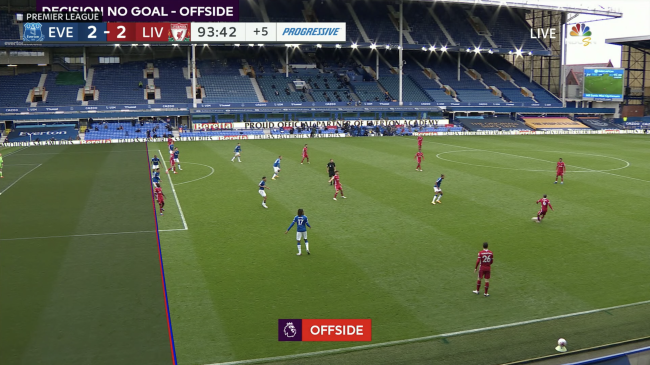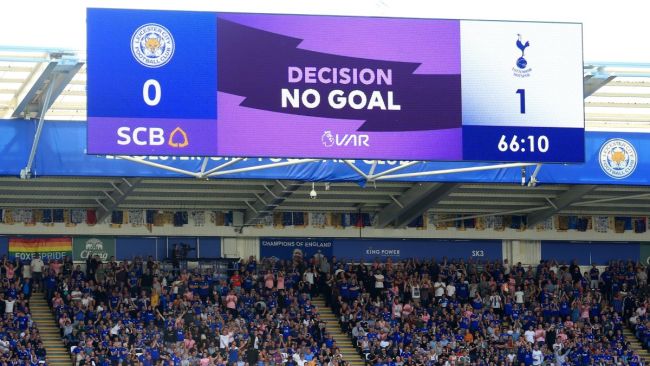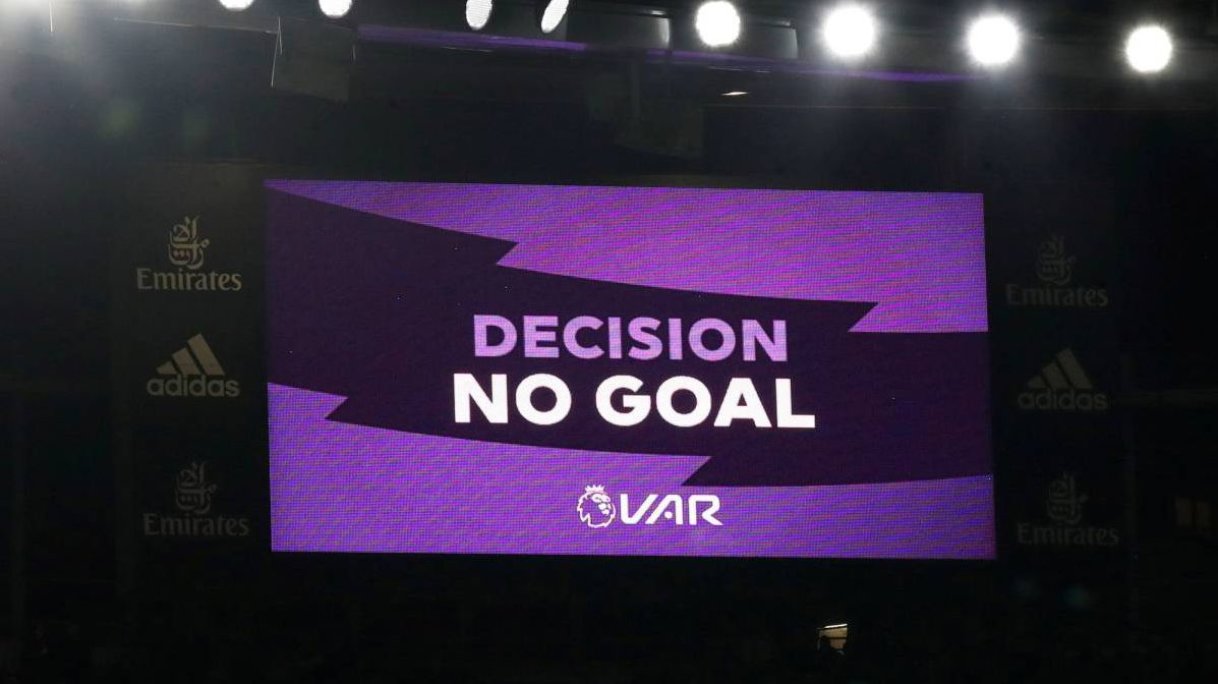Video Assistant Technology (VAR) in the Premier League: Analysis, Stats and Controversy
The VAR technology has come under heavy scrutiny this premier league season with some controversial decisions that have affected the result of the games.
In the aftermath of the Merseyside derby, Liverpool has asked the Premier League to investigate the application of VAR with two controversial decisions during their 2-2 draw at Everton on Saturday.
The reigning champions were denied a victory when Jordan Henderson's stoppage-time strike was ruled out for a marginal offside against Sadio Mane.

Liverpool is understood to have asked the Premier League to investigate why Pickford's tackle was not looked at by the VAR official, David Coote, as well as to explain how Mane was adjudged to have been offside for the disallowed Henderson goal.
Killing the spirit of the game?
Many purists would point out the fact that VAR’s presence is killing the emotions of the game.
It would have deprived some of the most iconic moments in football including the ‘Hand of God’ goal by Diego Maradona in the 1986 World Cup.
The VAR has sparked a lot of controversy in EPL due to the rate at which penalties were being awarded for the slightest of hand contact by the defenders.

Many Coaches, players, and pundits have riled up against VAR technology due to the contentious nature of some of the decisions made based on the VAR check be it Lindelof’s handball, which led to a Crystal Palace penalty in Man United’s 1-3 defeat to Palace, or Sadio Mane’s marginal offside against Everton in the 2-2 draw at Goodison Park.
In the pained aftermath of Manchester United’s 3-1 defeat to Crystal Palace, Patrice Evra issued a stark warning on Sky Sports.
The use of video assistant referees is “killing the game”, he fumed, before suggesting that, if he was still playing, he would have run over and smashed the official’s pitch-side monitor.
Statistics show another story on VAR:
The biggest ever study into VAR, published last month in the Journal of Sports Sciences, found that it raised the accuracy of “match-changing decisions” from 92.1% to 98.3% So why the reluctance to accept that VAR, while imperfect, is better than what was there before?
Perhaps it has something to do with English football’s instinctive suspicion of change and a rush to judgment. Meanwhile, for all the criticism and rage about certain decisions in the Premier League games, VAR appeared to get everything right – at least under the current laws.
Take the decision to penalize David De Gea for stepping off his line when saving Palace’s initial penalty. Last year the Premier League chose not to use the VAR to check whether a keeper had moved on penalties. Now it does. Whether United’s keeper strayed by millimeters or meters doesn’t matter. Encroachment is encroachment – just like offside, is offside.
As Fabio Capello and Arsene Wenger rightly point out in the above video, the need for consulting ex-players and coaches in taking VAR decisions would be a step in the right direction.
Football rules can be deemed as subjective sometimes when you consider the example of a penalty for a handball inside the box, whether it was a deliberate attempt to stop the ball with the hand or whether the player’s natural body movement caused the ball hitting his hand. The decision firmly lies in the referee’s interpretation of the incident.
Conclusion:
If we remove the sentimental aspect out of it, the stats above clearly show a rise in the accuracy of decision making by the referees.
VAR is a tool to assist the referees to make an error-free judgment for an incident. It is not the decision-maker itself. That responsibility still lies in the hands of the referee.
VAR Technology is here to stay in Football despite the mixed reaction it has received from managers, coaches, pundits, and fans.
Featured Image credits: en.as.com


.png)


Leave a Reply